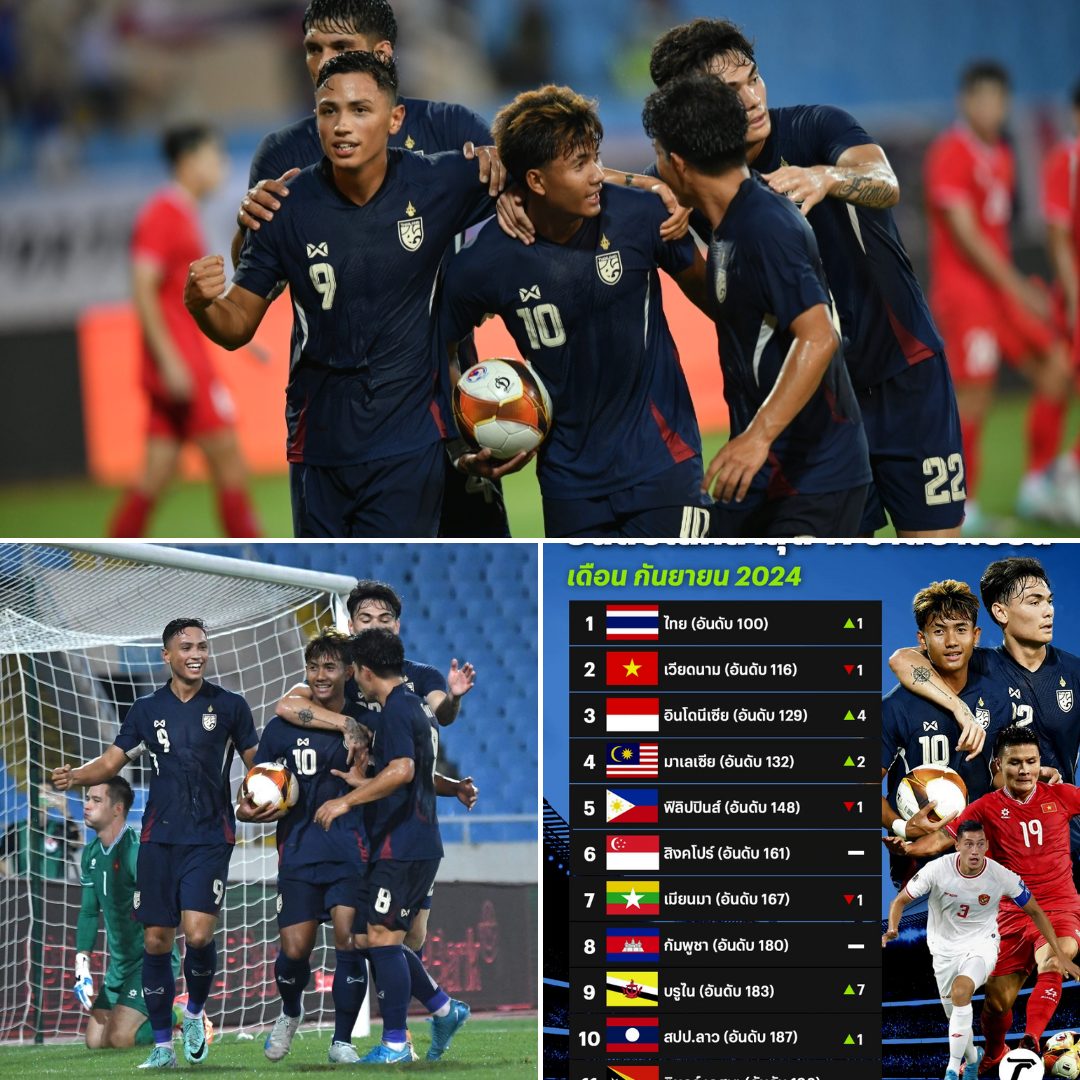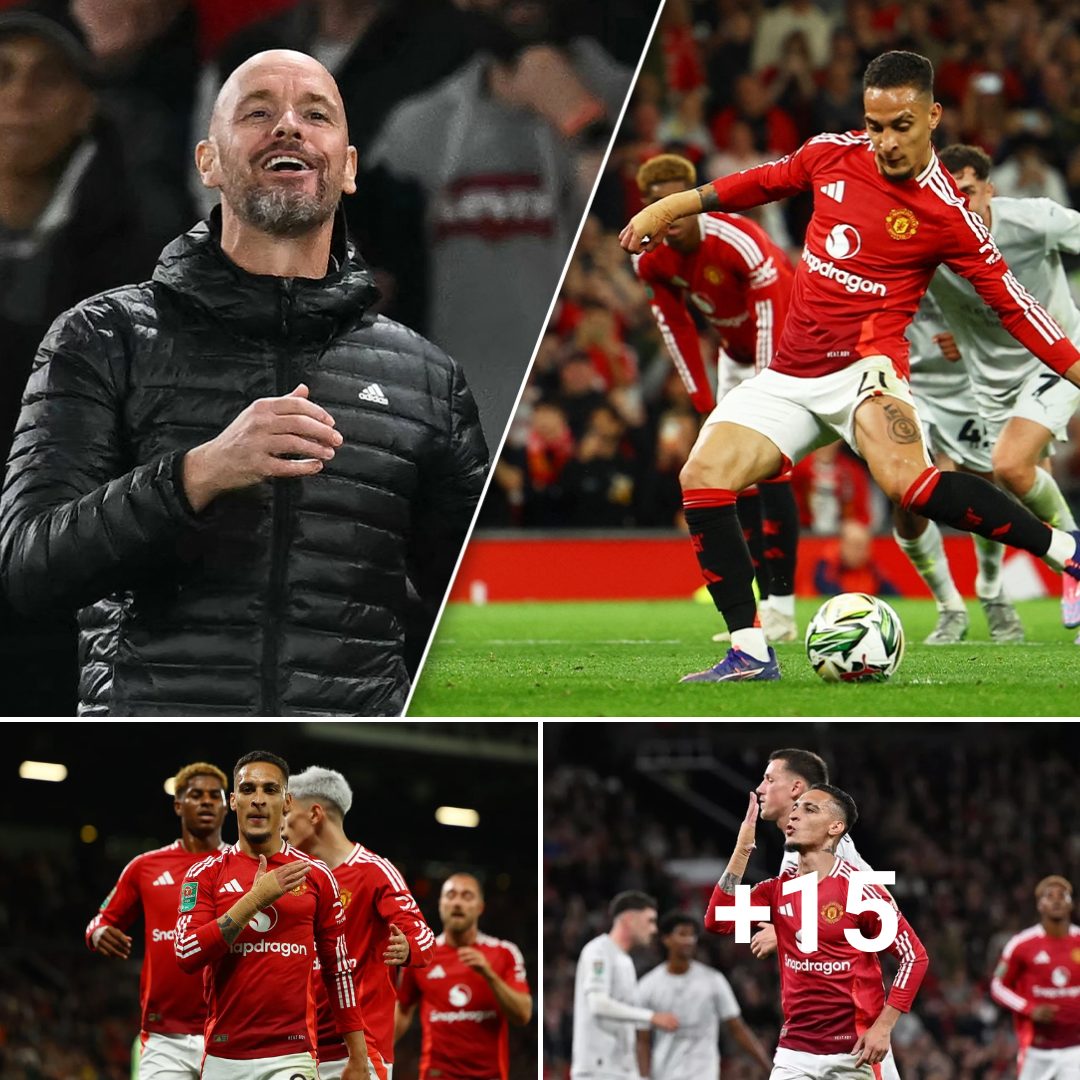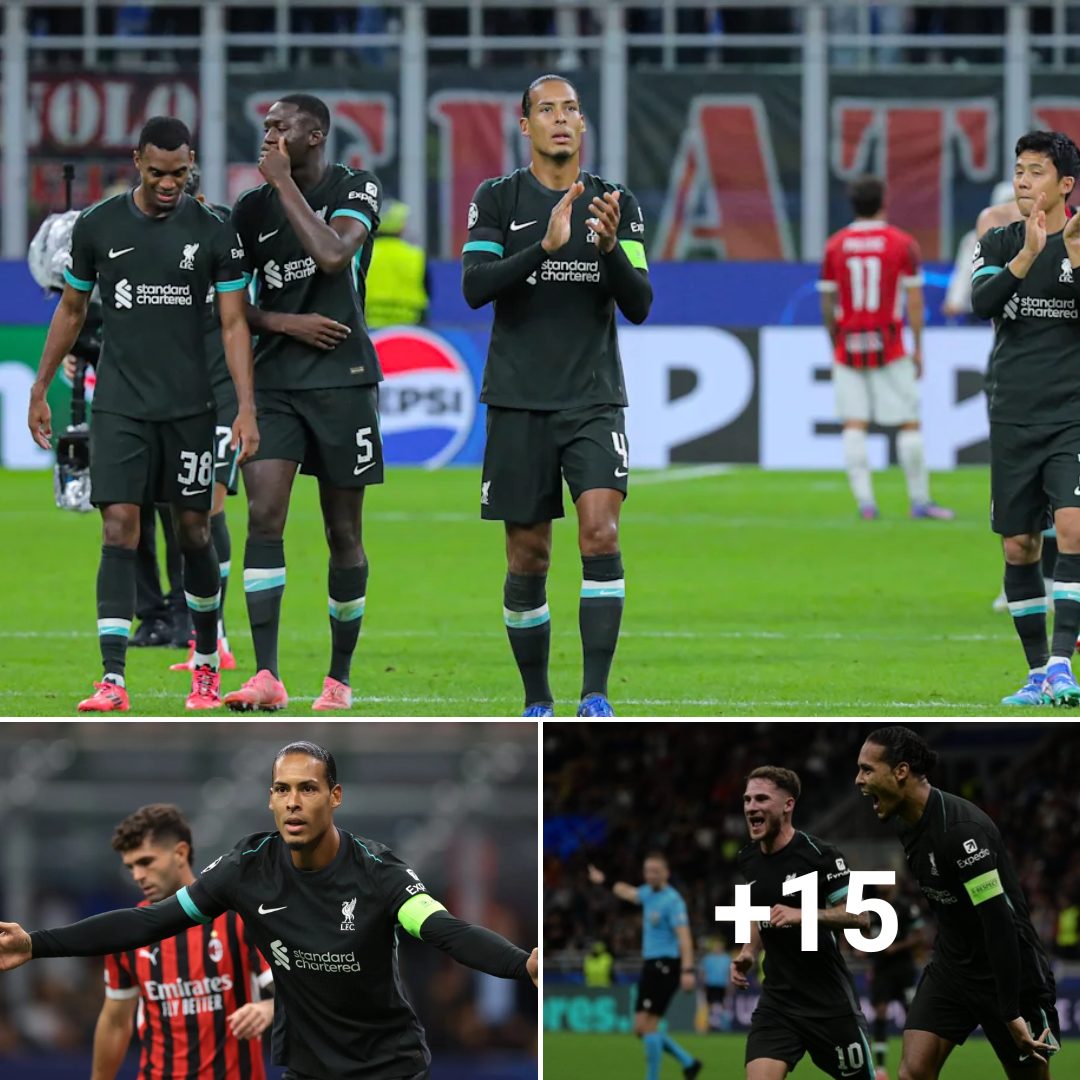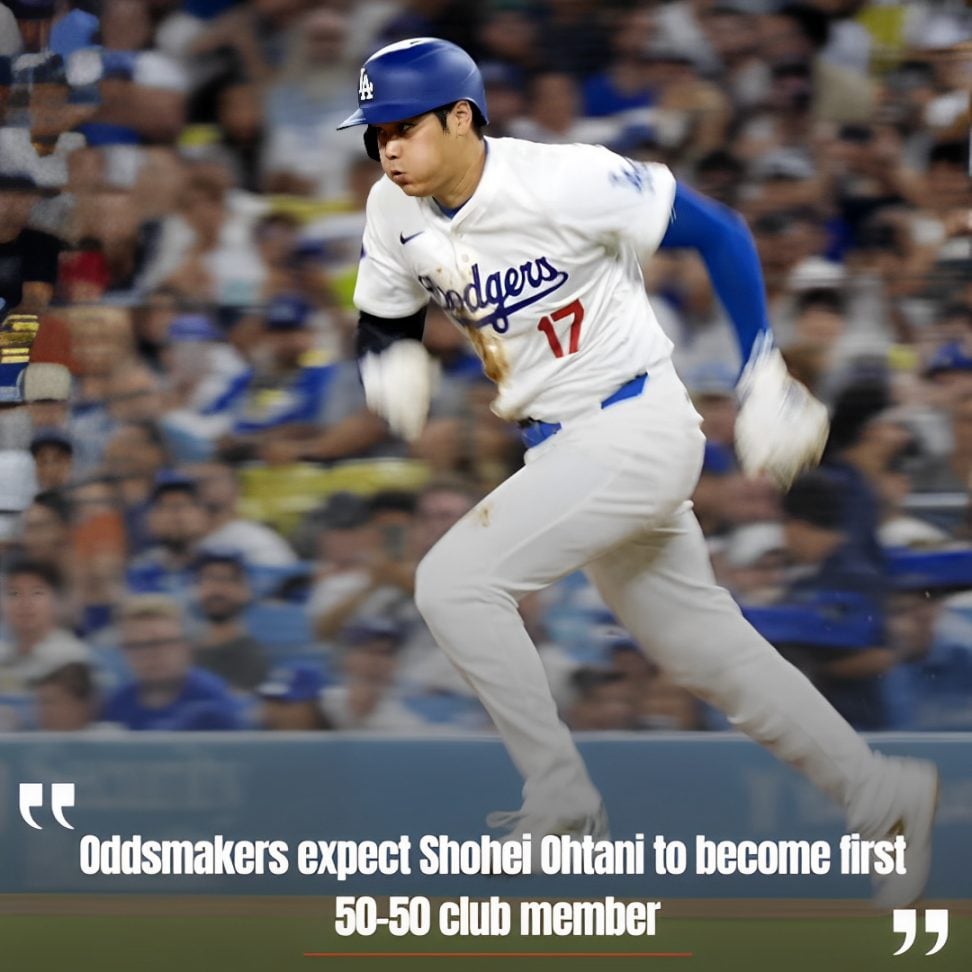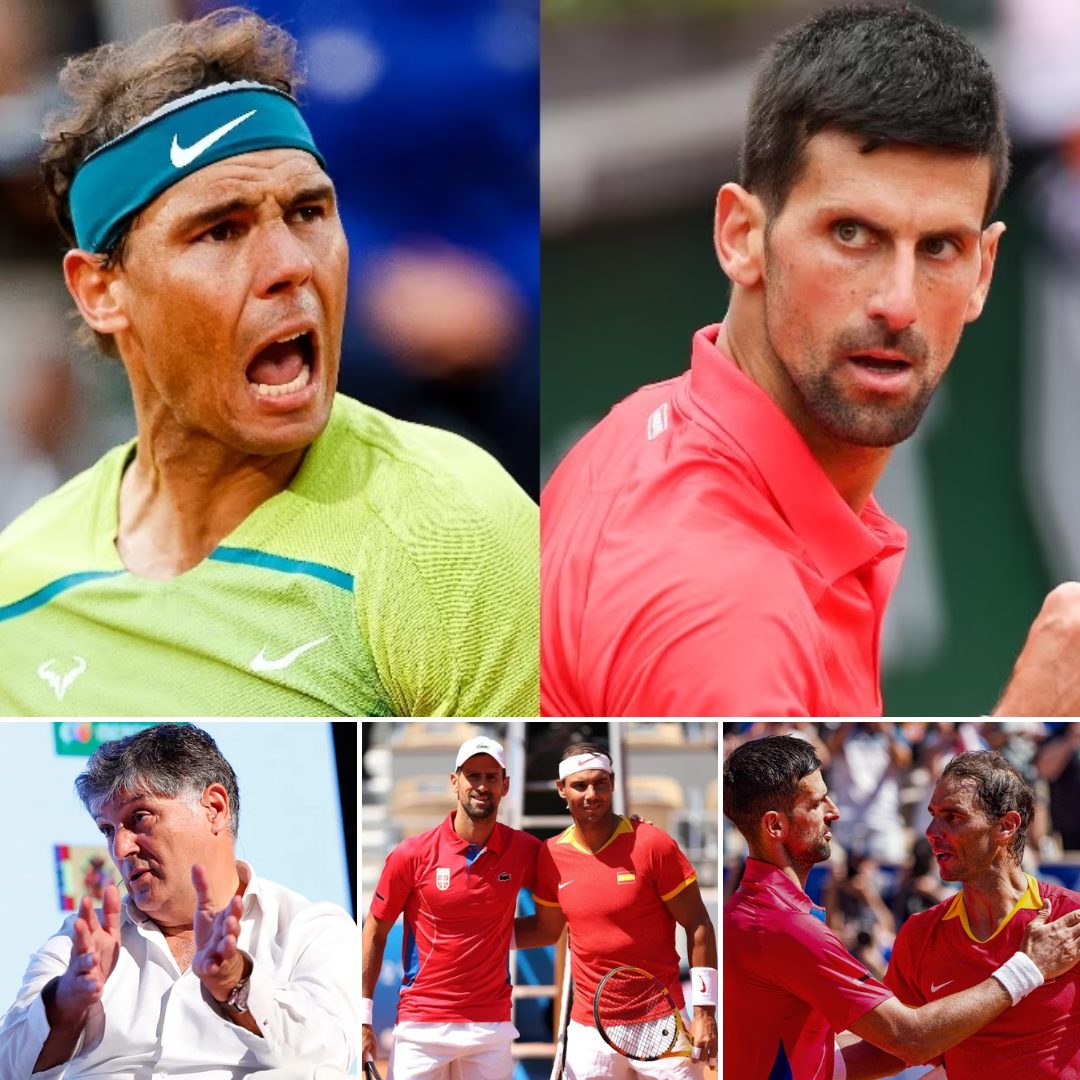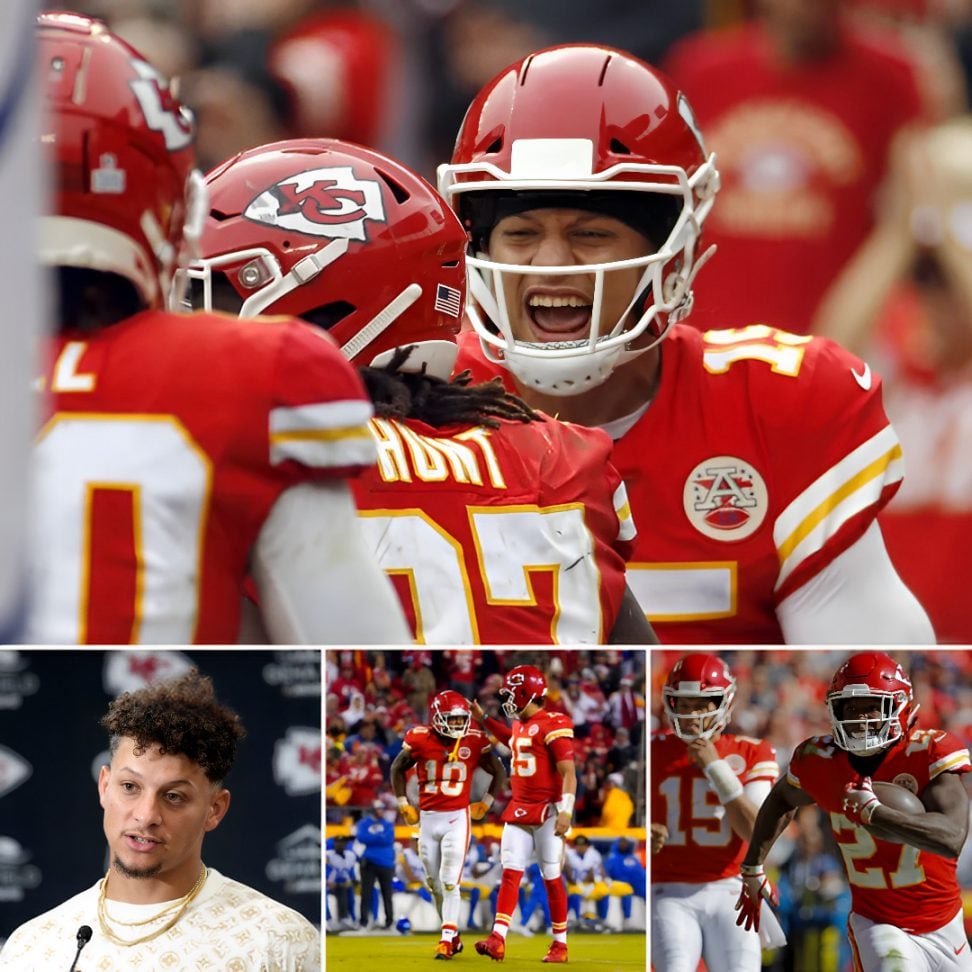In the fast-paced world of professional basketball, acquiring a superstar player through trade has long been considered a game-changing move for teams looking to elevate their chances of championship glory. With the potential to shift the balance of power in the league, these blockbuster trades often come at a steep cost, involving intricate negotiations and high stakes. However, the annals of NBA history are riddled with cautionary tales, showcasing instances where trading for a coveted superstar turned out to be a double-edged sword.
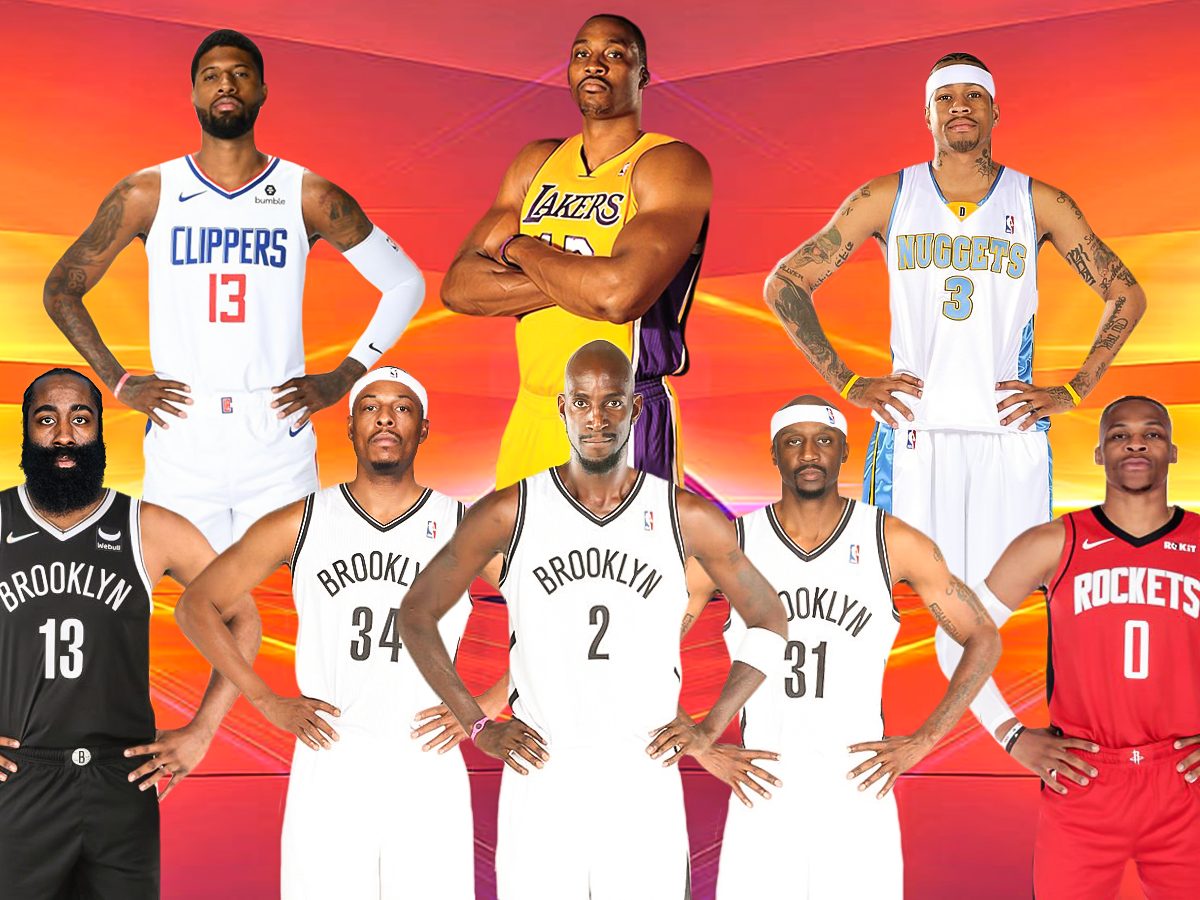
While successful trades can catapult a team to new heights, there are numerous instances when the gamble failed to pay off as expected. From marquee names struggling to adapt to new systems to unforeseen injuries derailing once-promising careers, the risks associated with these high-profile deals are ever-present. This article delves into ten memorable instances where trading for an NBA superstar ultimately backfired, shedding light on the complexities and unpredictability of player acquisitions in the basketball realm.
While taking risks and gambles by trading for a superstar player, such as when the Toronto Raptors went all-in for a one-year rental for Kawhi Leonard, there might be far more instances whereby trading for a superstar completely backfires, and it is time to go through 10 very prominent ones in modern NBA history.
Blake Griffin To The Detroit Pistons (2018)
Credit: Rick Osentoski-USA TODAY Sports
Detroit Pistons Receive: Blake Griffin
Los Angeles Clippers Receive: Tobias Harris, Avery Bradley, Boban Marjanovic, 2018 Protected First-Round Pick, 2019 Second-Round Pick
The Detroit Pistons trade for Blake Griffin was initially seen as a bold move that could revitalize the struggling franchise. On January 29, 2018, the Pistons acquired the former All-Star forward from the Los Angeles Clippers in exchange for Tobias Harris, Avery Bradley, Boban Marjanovic, a first-round pick, and a second-round pick. But, despite the initial joy surrounding the trade, it eventually turned out to be a costly endeavor for the Pistons.
One of the primary reasons the trade backfired was Griffin’s injury history. While with the Clippers, Griffin had already dealt with various injuries, including knee and hand issues. Unfortunately for the Pistons, this trend continued after the trade. Griffin battled through multiple injuries during his tenure in Detroit, including knee and hamstring problems. These injuries significantly hampered his performance, limiting his availability and effectiveness on the court.
Moreover, Griffin’s style of play did not align well with the Pistons’ system. Known for his high-flying athleticism and dynamic dunks, Griffin was a centerpiece of the Lob City era with the Clippers. However, in Detroit, the team lacked the surrounding talent and playmaking ability to fully capitalize on his s𝓀𝒾𝓁𝓁s. The Pistons struggled to create an optimal offensive system that maximized Griffin’s abilities, leaving him often isolated and unable to consistently contribute at the level expected from a superstar player.
Financially, the trade also had significant long-term implications for the Pistons. Griffin was in the midst of a lucrative five-year contract when the trade occurred. His contract, combined with his declining production due to injuries, became a financial burden for the franchise. The hefty salary commitment to Griffin limited the team’s flexibility in making further roster improvements and hindered their ability to build a competitive team around him.
Despite Griffin’s individual achievements, including an All-Star selection in the 2018-19 season, the team failed to make a deep playoff run or significantly improve their standing in the Eastern Conference. The combination of Griffin’s injury struggles, a mismatched playing style, and the financial constraints imposed by his contract all contributed to the trade backfiring for the Pistons. It serves as a reminder of the risks associated with acquiring a superstar player and the importance of considering all factors before making such a significant move.
DeMarcus Cousins To The New Orleans Pelicans (2017)
Credit: Kevin Jairaj-USA TODAY Sports
New Orleans Pelicans Receive: DeMarcus Cousins
Sacramento Kings Receive: Buddy Hield, Tyreke Evans, Langston Galloway, 2017 First-Round Pick, 2017 Second-Round Pick
The New Orleans Pelicans trade for DeMarcus Cousins was initially viewed as a potentially transformative move for the franchise. On February 20, 2017, the Pelicans acquired the talented center from the Sacramento Kings in exchange for Buddy Hield, Tyreke Evans, Langston Galloway, a first-round pick, and a second-round pick. Despite the initial optimism surrounding the trade, it ultimately backfired for the Pelicans.
One of the main reasons the trade didn’t yield the desired results was the unfortunate Achilles tendon injury suffered by Cousins. Just over a year after the trade, in January 2018, Cousins sustained a season-ending injury, rupturing his Achilles tendon. This injury not only sidelined him for the remainder of that season but also had long-term implications for his career. Cousins struggled to regain his pre-injury form and dealt with subsequent injuries that further limited his effectiveness on the court.
Moreover, the fit between Cousins and Anthony Davis, the Pelicans’ franchise player at the time, proved to be more challenging than anticipated. While both Cousins and Davis were incredibly talented big men, their playing styles didn’t mesh seamlessly. Both players thrived in similar areas of the court, often operating in the post and preferring to have the ball in their hands. This resulted in a lack of floor spacing and disrupted offensive flow, as the Pelicans struggled to find a balance that maximized both players’ abilities.
Additionally, the trade put a significant financial strain on the Pelicans’ salary cap situation. At the time of the trade, Cousins was in the final year of his contract. The Pelicans faced the difficult decision of whether to offer him a lucrative contract extension or risk losing him in free agency. Ultimately, the team chose not to re-sign Cousins, as his injury and the financial implications made it a risky proposition. This decision further limited the long-term impact of the trade, as the Pelicans were unable to reap the full benefits of Cousins’ talent and potential.
From a team success standpoint, although the Pelicans experienced a brief surge following the trade, winning 10 of their first 11 games with Cousins, they failed to make a significant playoff push. The Pelicans missed the playoffs in the 2016-2017 season and were eliminated in the first round in the subsequent year. The trade didn’t provide the expected boost to the team’s competitiveness or lead to sustained success in the Western Conference.
Jimmy Butler To The Minnesota Timberwolves (2018)
Credit: Brace Hemmelgarn-USA TODAY Sports
Minnesota Timberwolves Receive: Jimmy Butler
Chicago Bulls Receive: Zach LaVine, Kris Dunn, No. 7 Overall Pick In 2017 NBA Draft
The Minnesota Timberwolves’ trade for Jimmy Butler was supposed to turn around the struggling franchise, but it completely backfired, considering what they gave up and how the move ended up. One of the key reasons the trade backfired was the strained locker room dynamics that developed during Butler’s tenure in Minnesota.
Known for his intense competitiveness and demanding leadership style, Butler clashed with several of his younger teammates, most notably Karl-Anthony Towns and Andrew Wiggins. Butler’s confrontational approach and public criticism of his teammates created a toxic environment that undermined team chemistry and unity.
The internal turmoil within the team was further exacerbated by Butler’s desire to leave the Timberwolves. Despite a promising start to the 2017-2018 season, rumors of Butler’s dissatisfaction with the organization began to circulate. He made it clear that he wanted out, leading to a highly publicized trade request and a series of dramatic events that unfolded during the 2018-2019 preseason. The constant distractions and uncertainty surrounding Butler’s future had a detrimental effect on the team’s focus and performance on the court.
Additionally, the trade’s long-term impact on the Timberwolves roster composition and development was also a factor in its failure. In order to acquire Butler, the Timberwolves had to part ways with promising young talents in Zach LaVine and Kris Dunn, as well as a high draft pick. This significantly depleted the team’s depth and limited their ability to build a sustainable supporting cast around their remaining core players. Ultimately, when Butler departed the team, the Timberwolves were left in a challenging position, with a lack of young assets and limited flexibility to quickly rebuild.
From a performance standpoint, while Butler’s individual contributions were commendable, the trade failed to produce the desired team success. The Timberwolves made the playoffs in the 2017-2018 season with Butler but were eliminated in the first round. Despite his talent, Butler was unable to elevate the team to a higher level of contention or lead them on a deep playoff run.
Rudy Gobert To The Minnesota Timberwolves (2023)
Credit: Troy Taormina-USA TODAY Sports
Minnesota Timberwolves Receive: Rudy Gobert
Utah Jazz Receive: Malik Beasley, Patrick Beverley, Leandro Bolmaro, Walker Kessler, Jarred Vanderbilt, 2023 First-Round Pick, 2025 First-Round Pick, 2027 First-Round Pick, 2029 First-Round Pick, 2026 Pick Swap
This is the trade of this past season that was probably the worst. Not because Rudy Gobert is a bad player by any means, as he posted 13.4 PPG, 11.6 RPG, and 1.4 BPG, but because there was no point in the deal. The Timberwolves already had All-Star Karl-Anthony Towns patrolling the paint, and giving him a center who is offensively limited to pair with made no sense. Most importantly, the Timberwolves did not benefit from the deal as they were a play-in team that lost in the first round of the playoffs.
The Timberwolves gave up four first-round picks, a talented two-way big in Walker Kessler, and a pick swap which gives the franchise flexibility. Gobert is one of the most criticized players in the NBA because of the lack of offensive s𝓀𝒾𝓁𝓁 he shows on occasion, along with his lack of toughness and dominance as one of the largest players in the league. The Frenchman could not have much success with the Utah Jazz in the playoffs, so what did the Timberwolves expect by pairing him with another big man?
While there have been worse trades in NBA history, this one was not a good deal. The Utah Jazz were happy to move on from the 3-time Defensive Player of the Year winner because the impact for the franchise was simply not there. Gobert is best suited on a team that is already established because he is not impactful enough to be the best player on a championship team, or possibly even the second-best player on a championship team. Losing four first-round picks and a host of talented players is not a great look for the Minnesota Timberwolves.
Allen Iverson To The Denver Nuggets (2007)
Credit: Fadeaway World
Denver Nuggets Receive: Allen Iverson
Philadelphia 76ers Receive: Andre Miller, Joe Smith, 2007 First-Round Pick, 2007 First-Round Pick
The Denver Nuggets trade for Allen Iverson initially generated high expectations for the franchise. On December 19, 2006, the Nuggets acquired the former MVP and 4-time scoring champion from the Philadelphia 76ers in exchange for Andre Miller, Joe Smith, and two first-round picks. But, despite the initial optimism surrounding the trade, it eventually backfired for the Nuggets.
One of the primary reasons the trade didn’t yield the desired results was the difficulty in integrating Iverson into the Nuggets’ existing system. Iverson was known for his scoring prowess and ball-dominant style of play, which didn’t necessarily align with the team-oriented, balanced offensive approach that the Nuggets had cultivated. The Nuggets had previously relied on a more egalitarian offense, with multiple players sharing the scoring load. Iverson’s arrival disrupted the team’s chemistry and offensive flow, as his isolation-heavy style often led to stagnant ball movement and limited involvement for his teammates.
Another factor that contributed to the trade’s failure was the defensive shortcomings of both Iverson and the Nuggets as a team. While Iverson was renowned for his offensive s𝓀𝒾𝓁𝓁s, his defensive contributions were often lacking. This hindered the Nuggets’ ability to improve defensively and develop a well-rounded team capable of competing at a high level. The team’s overall defensive weaknesses became more apparent with Iverson in the lineup, limiting their ability to make deep playoff runs.
Additionally, the trade’s long-term impact on the Nuggets’ roster and salary cap flexibility was detrimental. By acquiring Iverson, the Nuggets committed significant financial resources to his contract, which restricted their ability to make further roster improvements and hindered their flexibility in the subsequent years. The financial burden of Iverson’s contract and his diminishing production as he aged limited the Nuggets’ ability to build a sustainable championship-contending team.
From a team success perspective, although the Nuggets experienced some regular-season success with Iverson, including reaching the playoffs in both the 2006-2007 and 2007-2008 seasons, they failed to advance past the first round. The team’s lack of cohesion and defensive deficiencies ultimately prevented them from making a deep playoff run and contending for a championship.
Paul George To The Los Angeles Clippers (2020)
Credit: Brad Penner-USA TODAY Sports
Los Angeles Clippers Receive: Paul George
Oklahoma City Thunder Receive: Shai Gilgeous-Alexander, Danilo Gallinari, 2021 First-Round Pick, 2022 First-Round Pick, 2023 First-Round Pick, 2024 First-Round Pick, 2026 First-Round Pick, 2023 Pick Swap, 2025 Pick Swap
Obviously, the Los Angeles Clippers trade for Paul George was a high-profile move that was expected to significantly elevate the team’s championship aspirations. On July 6, 2019, the Clippers acquired George from the Oklahoma City Thunder in a blockbuster deal, pairing him with Kawhi Leonard, who had signed with the team in free agency by snubbing the Los Angeles Lakers. But, despite the initial added motivation and championship expectations, the trade has ultimately backfired for the Clippers.
The first season could have gone better as there were underwhelming playoff performances of both George and the Clippers as a team. Despite being considered one of the premier two-way players in the league, George struggled in the postseason, particularly during the 2019-2020 season. He faced criticism for his inconsistency, poor shooting percentages (39.8% from the field and 33.3% from three), and lackluster performances when it mattered most. The Clippers, as a whole, also underperformed in the playoffs, failing to meet expectations and being eliminated in the second round.
Another factor that contributed to the trade’s failure was the chemistry and locker room issues that plagued the team. The Clippers faced challenges in developing cohesiveness and team unity, with reports of cliques and internal tensions emerging. The expectations surrounding the team’s star-studded roster created pressure, and the inability to effectively manage and resolve these internal issues hindered their on-court performance and playoff success.
Additionally, the trade for George had significant long-term implications for the Clippers’ roster and future flexibility. In order to acquire George, the Clippers had to part ways with a considerable number of future draft picks, including unprotected first-round picks. This left the team with limited assets to make further roster improvements or to facilitate trades in subsequent seasons. The trade also committed the Clippers to significant financial obligations, as George was signed to a long-term contract extension, which constrained their salary cap flexibility and limited their ability to surround their star duo with adequate supporting talent.
Looking ahead to the 2022-23 season, the Clippers have yet to make a single Finals appearance, and Shai Gilgeous-Alexander has become a superstar after posting 31.4 PPG, 4.8 RPG, and 5.5 APG while making the All-NBA First Team. No doubt, Clippers fans would have preferred to keep Gilgeous-Alexander instead of failing year after year in the playoffs. The injuries that both Leonard and George have dealt with have been frustrating, to say the least, and there is no doubt that Gilgeous-Alexander has become a far more impactful player than George.
Russell Westbrook To The Houston Rockets (2020)
Credit: Troy Taormina-USA TODAY Sports
Houston Rockets Receive: Russell Westbrook
Oklahoma City Thunder Receive: Chris Paul, 2024 First-Round Pick, 2026 First-Round Pick, 2021 Pick Swap, 2025 Pick Swap
The Houston Rockets trade for Russell Westbrook was a high-profile move aimed at bolstering the team’s chances of contending for an NBA championship after failing to get over the hump during the 2018 and 2019 seasons. On July 11, 2019, the Rockets acquired Westbrook from the Oklahoma City Thunder in exchange for Chris Paul, two future first-round picks, and the rights to two pick swaps. The deal ultimately backfired for the Rockets, however.
The lack of fit between Westbrook’s playing style and the Rockets’ system was clear to see. Westbrook is known for his explosive athleticism and aggressive attacking mentality, but his efficiency as a shooter has been a concern throughout his career. The Rockets, on the other hand, heavily emphasized three-point shooting and analytics-driven strategies, such as shooting threes and layups while minimizing mid-range shots. Westbrook’s inconsistent outside shooting and reluctance to take fewer mid-range shots made it challenging to integrate him seamlessly into the team’s offensive approach. This lack of fit resulted in spacing issues and hindered the team’s offensive flow.
Additionally, the trade had significant financial implications for the Rockets. Westbrook was in the second year of a five-year, $206 million contract at the time of the trade. His substantial salary, combined with the already significant financial commitments to James Harden and other key players, placed a strain on the team’s salary cap flexibility. The financial limitations made it challenging for the Rockets to surround their star duo with sufficient supporting talent, hindering their ability to build a deep and balanced roster.
Furthermore, Westbrook’s inconsistent playoff performances and inability to elevate the team’s postseason success were major factors in the trade’s failure. While Westbrook was an incredibly talented player and a former MVP, his postseason performances have been marked by inconsistent shooting, turnovers, and struggles in high-pressure situations. The Rockets were unable to advance deep into the playoffs during Westbrook’s tenure, failing to meet the championship expectations set by the acquisition.
The following season, Westbrook wanted out of Houston following the departures of Mike D’Antoni as head coach and Daryl Morey as general manager, which also forced James Harden’s hand to request a trade. The Westbrook trade 𝓀𝒾𝓁𝓁ed the team’s chances of keeping the core together and continuing to compete, which is a shame since the Rockets had made the Western Conference Finals in 2018 with a game away from making the NBA Finals. The Rockets should have kept Chris Paul and remained patient because we never knew Chris Paul would lead the Phoenix Suns to the NBA Finals in 2021, and he could have done it with James Harden in all likelihood.
Dwight Howard To The Los Angeles Lakers (2013)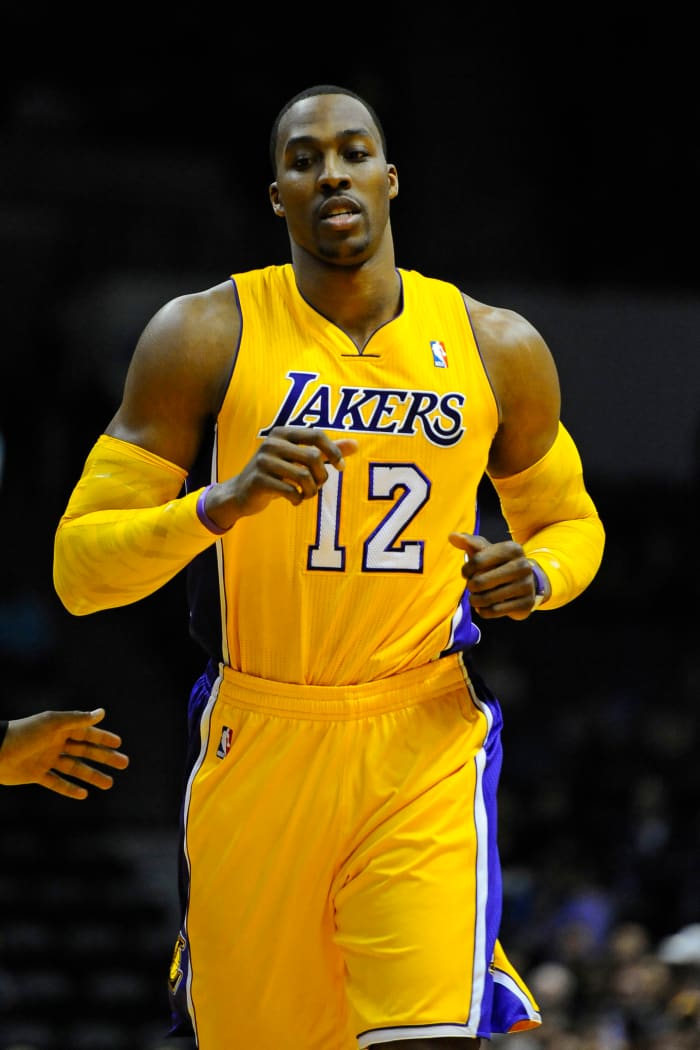
Credit: Christopher Hanewinc-USA TODAY Sports
Los Angeles Lakers Receive: Dwight Howard, Earl Clark, Chris Duhon
Orlando Magic Receive: Arron Afflalo, Al Harrington, Nikola Vucevic, Moe Harkless, Josh McRoberts, Christian Eyenga, 2014 First-Round Pick, 2017 First-Round Pick, 2017 First-Round Pick, 2013 Second-Round Pick, 2015 Second-Round Pick
Philadelphia 76ers Receive: Andrew Bynum, Jason Richardson
Denver Nuggets Receive: Andre Iguodala
On August 10, 2012, the Lakers acquired Dwight Howard from the Orlando Magic as part of a multi-team trade involving four franchises. However, despite the initial expectations and excitement surrounding the trade, it ultimately backfired for the Lakers for a multitude of reasons. One of the main reasons the trade didn’t yield the desired results was the lack of chemistry and fit between Howard and the Lakers’ roster. Howard was known for his dominant defensive presence and rebounding prowess, but his offensive game, particularly his free-throw shooting, had limitations.
The Lakers’ offensive system relied heavily on post-play and perimeter shooting, which didn’t fully maximize Howard’s strengths. The team struggled to find a balance and effective offensive strategy that incorporated Howard seamlessly, leading to a lack of cohesion on the court. Additionally, injuries and health concerns further hampered Howard’s impact on the Lakers. He was recovering from back surgery at the time of the trade, which affected his mobility and athleticism during his first season in Los Angeles. The subsequent seasons were marred by additional injuries, including a torn labrum in his shoulder, which limited his availability and effectiveness on the court. Howard’s inability to consistently perform at his peak level significantly hindered the Lakers’ frontcourt production and their overall success.
Another factor that contributed to the trade’s failure was the lack of long-term commitment from Howard. He entered the final year of his contract when he joined the Lakers, and there were uncertainties about his intentions to re-sign with the team. The constant speculation surrounding his future and his eventual decision to leave the Lakers in free agency after just one season created instability and disrupted the team’s long-term planning.
Of course, superstar Kobe Bryant and Dwight Howard did not see eye to eye. Bryant was used to the intense competitiveness of former teammate Shaquille O’Neal, and Howard could not compare in terms of attitude, mentality, or dominance. Bryant expected more from the fun-loving Howard and never truly respected him. That ultimately 𝓀𝒾𝓁𝓁ed his chances of succeeding because Los Angeles was Kobe’s town, and if the superstar could not buy in, it was not going to work.
In summary, the trade for Dwight Howard backfired for the Los Angeles Lakers due to the lack of chemistry and fit within the team’s offensive system, Howard’s injury concerns and limited availability, the uncertainty surrounding his long-term commitment, and the failure to meet championship expectations.
Brooklyn Nets Trade For James Harden (2021)
Credit: Vincent Carchietta-USA TODAY Sports
Brooklyn Nets Receive: James Harden
Houston Rockets Receive: Victor Oladipo, Dante Exum, Rodions Kurucs, 2022 First-Round Pick, 2022 First-Round Pick, 2024 First-Round Pick, 2026 First-Round Pick, 2021 Pick Swap, 2023 Pick Swap, 2025 Pick Swap, 2027 Pick Swap
Indiana Pacers Receive: Caris LeVert
Cleveland Cavaliers Receive: Jarrett Allen, Taurean Prince
No doubt, the blockbuster four-team trade that sent superstar shooting guard from the Houston Rockets to the Brooklyn Nets turned out to be nothing short of a disaster. James Harden forced his way out of Houston in a very ugly way and ended up in Brooklyn to form one of the most talented Big Threes in NBA history alongside Kevin Durant and Kyrie Irving. Many in the media and fanbase were ridiculing the Rockets for a trade that only yielded Victor Oladipo, who would be completely finished as a starting-caliber guard due to career-altering injuries. Looking back, they made the right move.
Harden proved to be a ton of trouble, failing to stay healthy and motivated enough to lead the team to a championship. The Beard averaged 24.6 PPG, 8.5 RPG, and 10.9 APG in the regular season but struggled with injuries in the playoffs as he was a shell of himself, posting 20.2 PPG on 36.4% shooting from three. Harden could not help Kevin Durant lead the Nets past the Milwaukee Bucks in the playoffs and was forced to recover the following year.
Harden appeared in 44 games in the 2021-22 season, posting 22.5 PPG, 8.0 RPG, and 10.2 APG while beginning to show a decline in scoring ability and overall athleticism. The Beard went on to force his way out of Brooklyn to Philadelphia, in a deal that has only yielded another frustratingly ineffective former star in Ben Simmons, who will also be moved as soon as possible. Giving up Jarrett Allen, who would become an All-Star with Cleveland, along with first-round picks for practically nothing, has been a massive backfire for a Nets franchise that also had Kevin Durant and Kyrie Irving at one point in their history. Now, all the stars are gone, and the franchise is in a massive rebuilding phase.
Paul Pierce, Kevin Garnett, Jason Terry To The Brooklyn Nets (2014)
Credit: Fadeaway World
Brooklyn Nets Receive: Paul Pierce, Kevin Garnett, Jason Terry
Boston Celtics Receive: Gerald Wallace, Kris Humphries, Tornike Shengelia, Reggie Evans, Keith Bogans, 2014 First-Round Pick, 2016 First-Round Pick, 2018 First-Round Pick
The Brooklyn Nets trade for Paul Pierce, Kevin Garnett, and Jason Terry was a high-profile move aimed at elevating the team to championship contention. The trade took place on July 12, 2013, with the Nets acquiring Pierce, Garnett, and Jason Terry from the Boston Celtics in exchange for multiple players and draft picks. Despite the initial excitement and expectations, the trade ultimately backfired for the Nets.
Obviously, the trade didn’t yield the desired results. The primary reason was the decline in performance and age-related limitations of the acquired players. Paul Pierce and Kevin Garnett, while highly accomplished veterans, were in the later stages of their careers at the time of the trade. Their once-dominant s𝓀𝒾𝓁𝓁s and athleticism had noticeably diminished, which impacted their productivity on the court.
Additionally, the trade had significant financial implications for the Nets, as the acquired players had substantial contracts. This resulted in a high payroll and limited salary cap flexibility for the team, which made it challenging to make further roster improvements or add depth to support their star trio. The financial burden hindered the Nets’ ability to build a sustainable and competitive team around their veteran core.
Another factor that contributed to the trade’s failure was the lack of team chemistry and cohesive play. The integration of multiple star players into the roster proved challenging, as each player had established roles and playing styles that didn’t necessarily mesh well. The Nets struggled to find a cohesive identity and effective team dynamics, leading to inconsistent performances and a lack of success on the court.
Furthermore, the trade resulted in the loss of valuable future draft assets for the Nets. In order to acquire Pierce, Garnett, and Terry, the Nets had to give up several first-round picks, which limited their ability to rebuild and replenish their roster through the draft in subsequent years. This lack of draft capital further hindered the team’s ability to sustain success and build a sustainable foundation for the future.
Of course, the Nets weren’t done by trading for All-Star point guard Deron Williams who would be on the decline. Deron Williams, who was expected to be the team’s franchise player, also struggled to maintain his previous level of play and dealt with injury issues during his tenure with the Nets. The Nets had to give up Devin Harris, Derrick Favors, and the 2011 and 2013 first-round picks. By destroying their stash of picks, the Nets achieved nothing with an aging “superteam” and this trade still haunts the franchise today.
